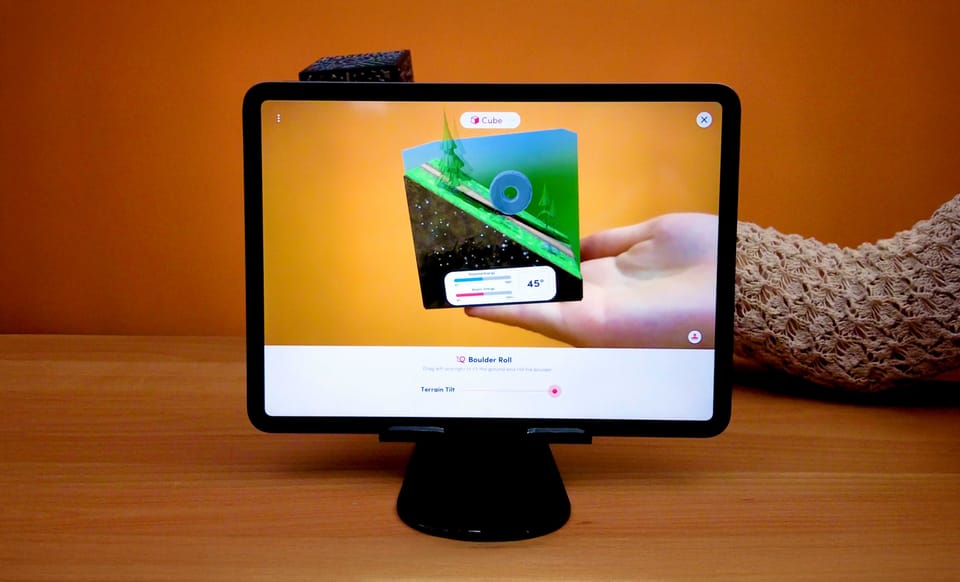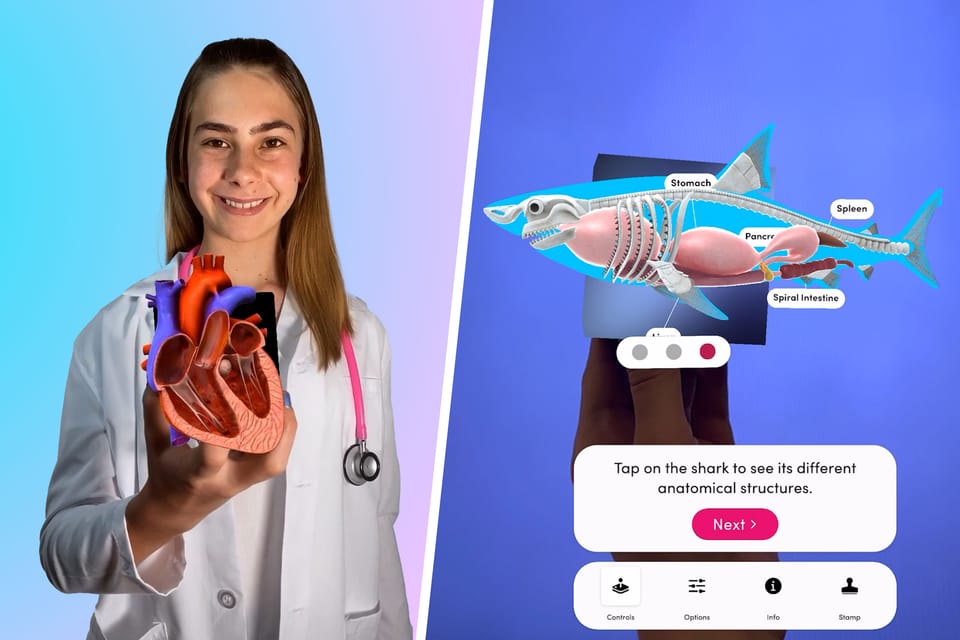Solar Eclipse 2024: Teaching with the Merge Cube
This unique celestial event not only offers a stunning display of beauty, but also provides an excellent opportunity for educators to discuss fundamental space concepts with students, especially revolution and rotation.
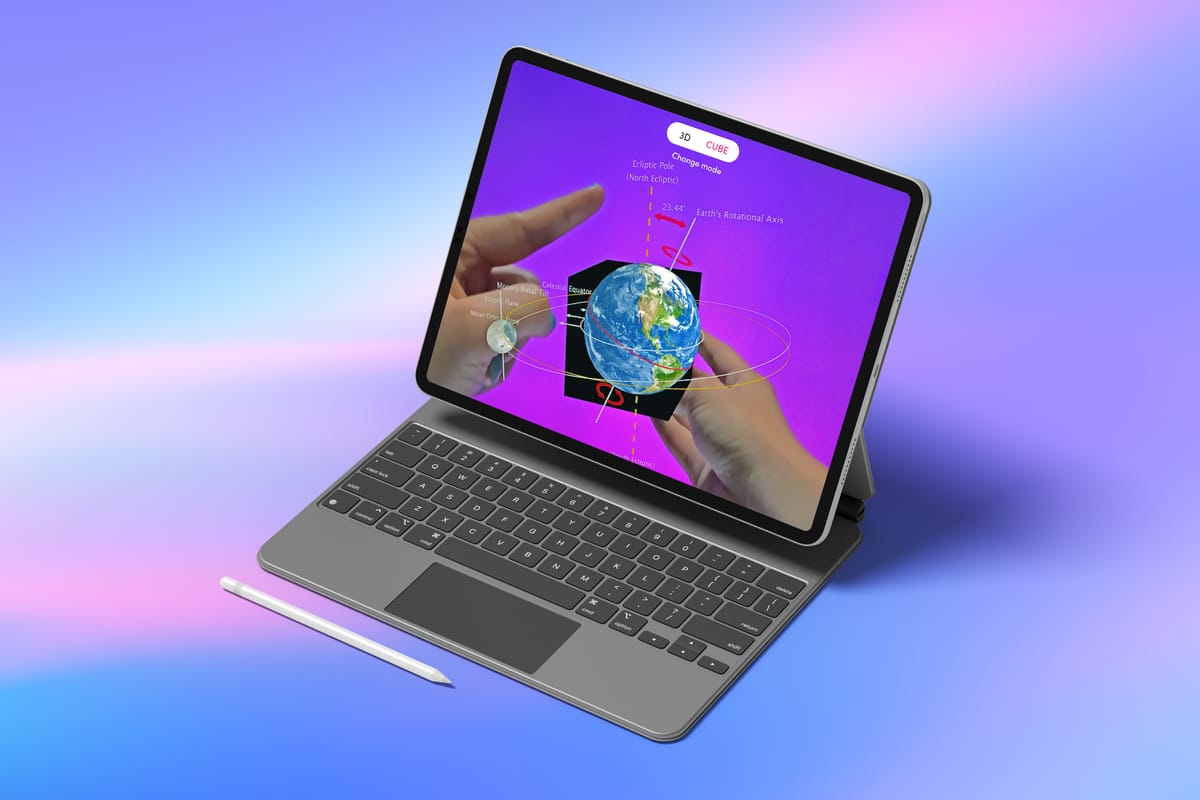
Solar eclipses have long captured our fascination with the cosmos. On April 8, 2024, a total solar eclipse will take place, enchanting viewers across North America as the Moon passes between the Earth and the Sun, casting its shadow on our planet.
Looking for a safe and wildly interactive way to explore today’s eclipse?!? @mergeedu is the answer! We had so much fun controlling the eclipse with our Merge Cubes 🌘💜 @CFELISD #mergebringstheworldtoyourclassroom #eclipse #firstgradefun #ExpeditionExceLLence pic.twitter.com/mkzepiVWIS
— Holly Prine (@MrsPrine_CFE) April 8, 2024
Eclipses Unveiled
An eclipse is orchestrated by the Sun, Moon, and Earth. When a solar eclipse happens, the Moon moves exactly between the Earth and the Sun in its orbit, creating a shadow on Earth. In a total solar eclipse, the Moon's shadow covers the Sun entirely, casting areas in its path into a mysterious twilight and unveiling the Sun's corona, its outer atmosphere—a breathtaking display that showcases the intricate beauty of the universe.
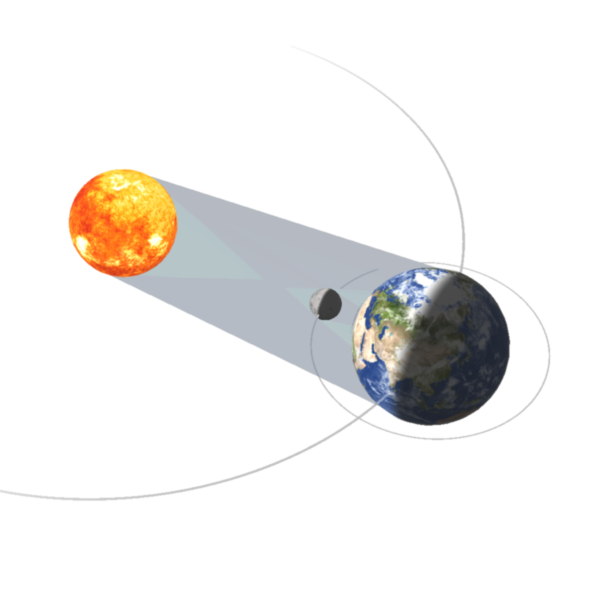
Teaching Revolution
For students, grasping the concepts of revolution and rotation can be as challenging as reaching for the stars themselves. Yet, the 2024 eclipse provides an opportune moment to demystify these fundamental astronomical principles. Revolution refers to the motion of one celestial body around another. In the case of Earth, it revolves around the Sun in a nearly circular orbit, completing one full revolution roughly every 365 days, marking a year.
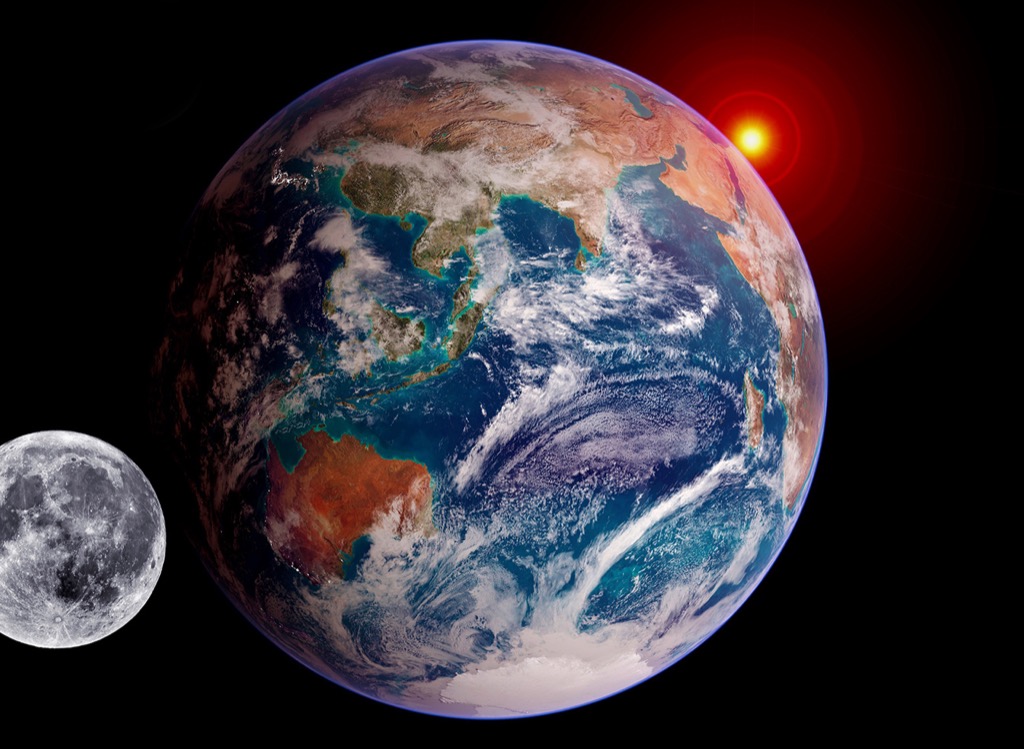
During a solar eclipse, students can visualize Earth's revolution as they witness the Moon's gradual progression across the face of the Sun. Through engaging activities and discussions, educators can emphasize how Earth's orbit positions it differently relative to the Sun throughout the year, causing variations in the frequency and visibility of solar eclipses. By connecting the dots between the eclipse and Earth's orbit, students gain a deeper appreciation for the cyclical nature of celestial phenomena.
Exploring Rotation
Rotation, on the other hand, refers to the spinning motion of a celestial body around its own axis. Earth rotates on its axis once every 24 hours, giving rise to the cycle of day and night. During a solar eclipse, students can observe how the Moon's shadow appears to sweep across Earth's surface—a tangible demonstration of the effects of Earth's rotation.
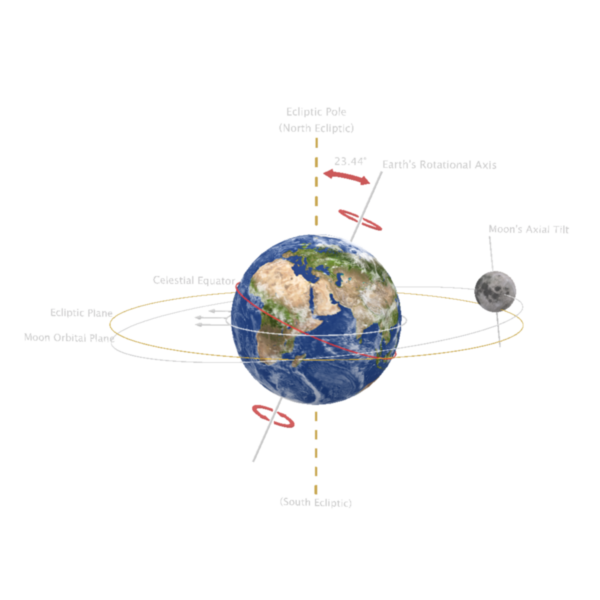
Inspiring the Next Generation of Explorers
The 2024 eclipse, as it sweeps its captivating shadow over the Earth, acts as a potent force in igniting curiosity and nurturing a lasting passion for space science in students. By using the eclipse to explore revolution and rotation, educators can inspire a sense of awe in students, encouraging them to dream big and delve into the mysteries of the cosmos.
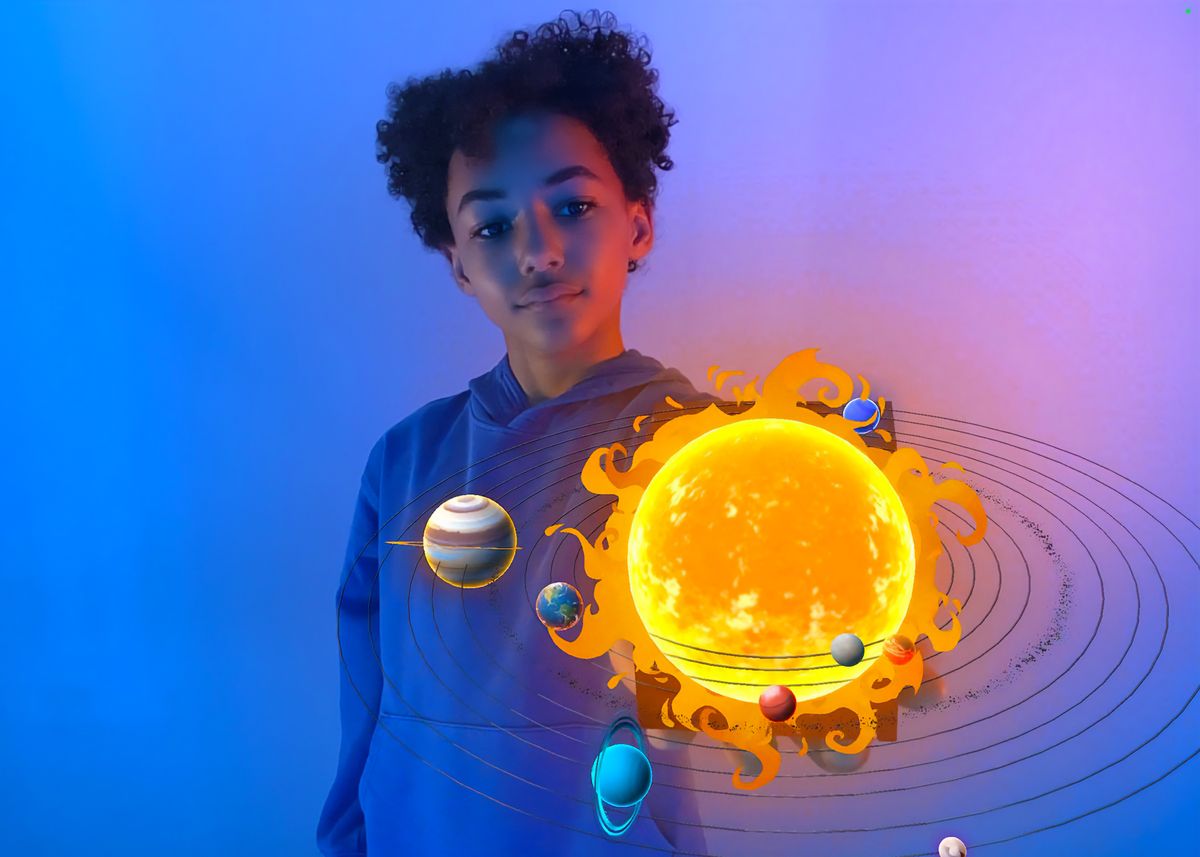
The Merge Cube opens up a virtual doorway to the universe, turning the classroom into an exciting space for exploration. Using AR, the Merge Cube lets students engage with 3D models of objects like the Sun, Moon, and Earth, planets, and more.
Hoping to bring this AR experience to our students this week! Ya know, just a really cool experience floating around in my dining room! 🌍 @mergeedu @MergeVR #merge #oakcreekes @pumkin13751 pic.twitter.com/ZchohE8Pda
— Avri DiPietro (@SciwithPie) January 29, 2024
As we witness the 2024 eclipse, let's remember it's not just a rare event in the sky—it's a source of inspiration and opportunity for learning. And don't forget to tag Merge on social if you use a Merge Cube with your students for this year's eclipse!






